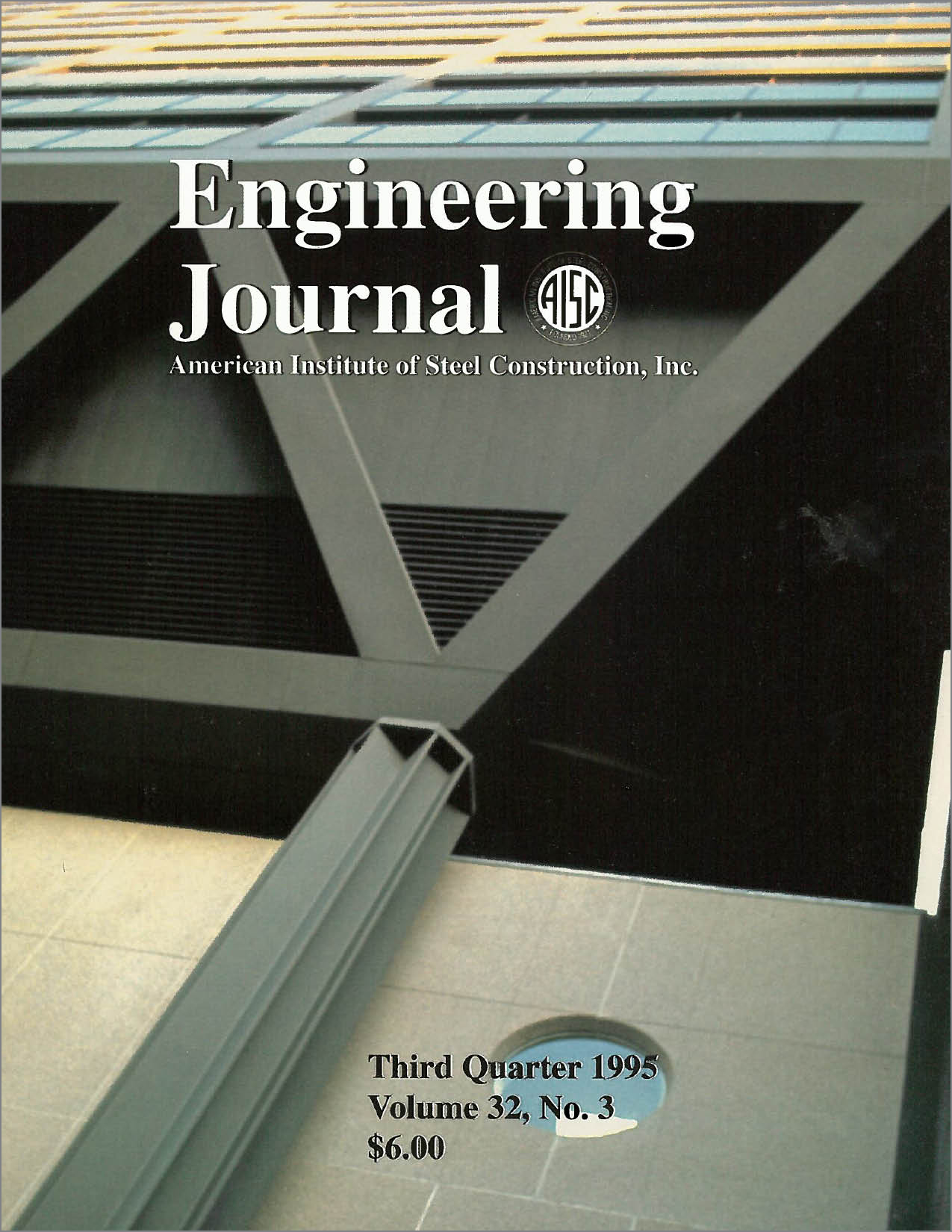Prestressed Steel Girders for Single Span Bridges
DOI:
https://doi.org/10.62913/engj.v32i3.648Abstract
Long single span bridges are becoming more common on today's highway systems. The span lengths of these bridges grow as the widths of the underlying roadways increase to accommodate larger volumes of traffic and the use of intermediate supports in the underlying median are discouraged to allow for future widening of the roadway or mass transit corridors. Span lengths of 150 to 250 feet are not uncommon and typically require the use of steel plate girders. Since these simple spans have no benefit of continuity at the supports, the required plate sizes tend to be rather large. One method to reduce the size of the plates and thus the overall amount of steel needed for each girder is prestressing. Just as the load carrying ability of a concrete beam is enhanced by the application of prestressing, the required size of a steel girder may be reduced in comparison to its conventional counterpart. Prestressed steel girders are not a new idea, in fact eastern European designers have used prestressed steel girders for quite some time. The major application in the United States has been in the area of bridge rehabilitation. This paper summarizes the economic advantages of utilizing prestressed steel girders for proposed single span bridges by comparing conventionally designed girders to prestressed girders. The comparative analysis will report differences in material usage and will discuss the effects of the differential cost of construction and the intangible benefits of the prestressed girder alternative.

